The U.S. Departments of Energy, Transportation, Housing and Urban Development, and the Environmental Protection Agency released a roadmap of strategies and actions to remove all emissions from the transportation sector by 2050. The U.S. National Blueprint for Transportation Decarbonization: A Joint Strategy to Transform Transportation focuses on transitioning to a 100% clean electrical grid by 2035 and net-zero carbon emissions by 2050.
The transportation sector accounts for one-third of all domestic greenhouse gas emissions. At the same time, transportation costs are the second highest annual household expense for Americans. This report’s whole-of-government approach confronts these issues and sets up a framework for how the country can improve air quality while supporting the economy. Following the momentum from transportation investments in the Infrastructure Investment and Jobs Act and the Inflation Reduction Act, the report presents a plan to guide policy making, research, development, and deployment of cleaner mobility technologies.
The three key strategies presented in the guide are:
- Increase convenience
- Improve efficiency
- Transition to clean options
Increasing convenience means that community planning solutions should prioritize access and proximity to reduce unnecessary movement while still meeting Americans’ mobility needs. Land use decisions at the local, state, and federal level impact and shape travel behavior and mode choices, which in turn influence congestion, driving habits, and emissions. On a practical level, increasing convenience can look like support for community designs that strategically locate job centers, schools, and entertainment near where people live to reduce commutes and improve walkability.
Improving efficiency may look like introducing and scaling innovative technologies that increase access to mobility while reducing reliance on energy-intensive transportation options. Emerging vehicle technologies and fuels can help reduce emissions for many travel modes, but this also requires ongoing efficiency evaluation. Some real-world methods for improving efficiency include increasing the availability and accessibility of transit, incentivizing less carbon-intensive options for travel, improving freight routes, maximizing vehicle energy efficiency, and implementing public-private partnerships.
Transitioning to cleaner options will need to occur across all travel modes to reach a net zero economy in 2050, from light-duty vehicles to commercial trucks, buses, aircraft, maritime vessels, and more. Currently, 95% of the transportation system in the United States is powered by petroleum fuels. Not only will the transition need to be fast-paced to meet emission reduction goals, but it will also need to take advantage of the whole suite of vehicle technology and fuel solutions. The good news is that renewable electricity and sustainable fuels are becoming more affordable and available.
Clean Fuels Michigan applauds this report and interagency collaboration as an important first step on the road towards a cleaner transportation sector. Now is the time to implement these plans. We continue to support each of the three key strategies presented in this decarbonization guide by hosting important conversations between industry leaders, local and state policy advocacy, and community collaboration.

